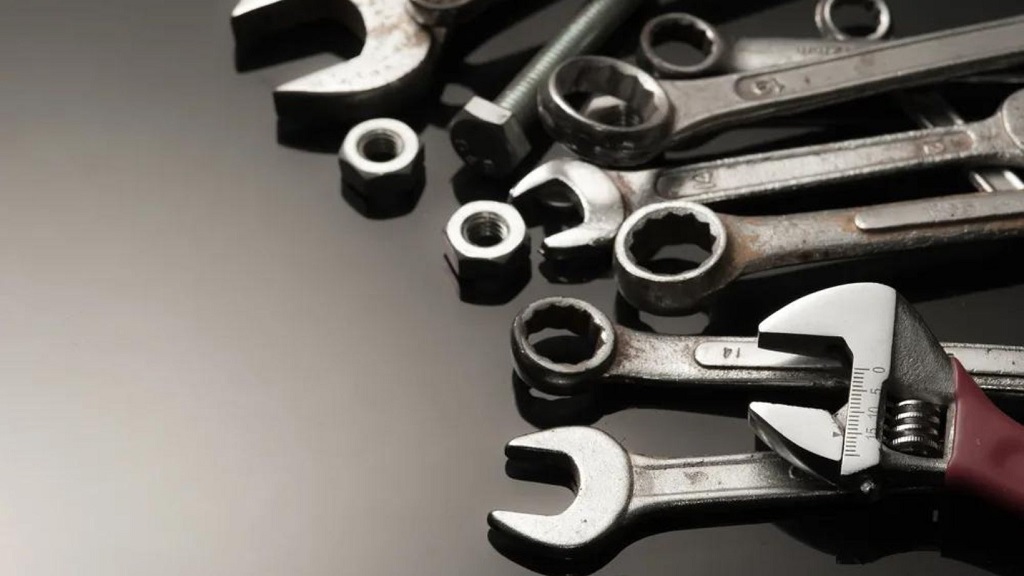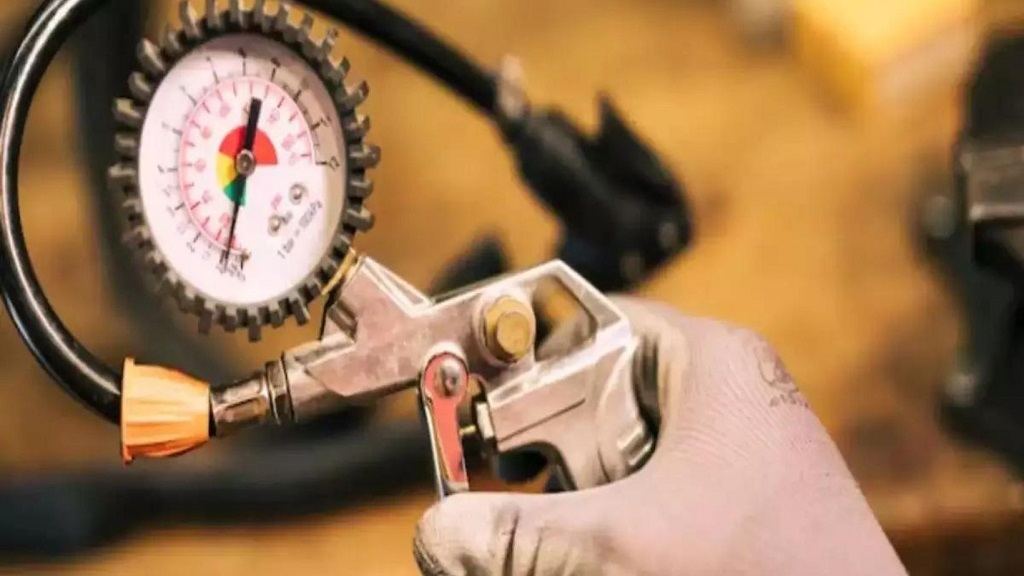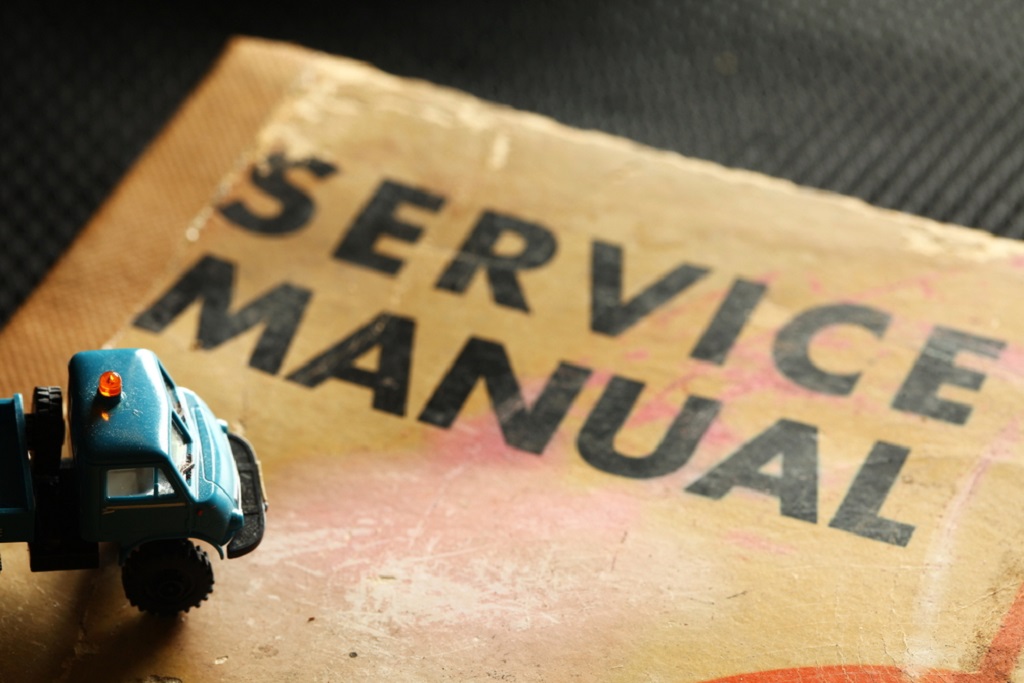If you’re a car owner, you’ve probably faced the daunting prospect of car maintenance at some point. While taking your vehicle to a professional mechanic is always an option, there are several DIY car maintenance tasks you can handle on your own. But before you roll up your sleeves and dive under the hood, you’ll need to make sure you have the right equipment on hand. In this article, we’ll provide you with a comprehensive list of essential tools and equipment for DIY car maintenance, making your automotive adventures smoother and more cost-effective.
Getting Started: The Basics
1. Safety First – Personal Protective Gear
Your safety should always be the top priority when working on a car. Equip yourself with safety gear such as safety glasses, gloves, and a dust mask to protect against potential hazards.
2. Jack and Jack Stands
To access the underside of your vehicle, you’ll need a reliable floor jack and jack stands. These are essential for lifting the car safely and securely.
3. Tool Chest and Toolbox
Invest in a good quality tool chest or toolbox to keep your tools organized. A clutter-free workspace will make your DIY tasks more efficient.
4. Wrenches and Socket Set
A set of wrenches and a socket set with various sizes is crucial for loosening and tightening nuts and bolts.
5. Screwdrivers and Pliers
Screwdrivers and pliers come in handy for various tasks, from removing screws to gripping and bending wires.
Under the Hood
6. Oil Change Tools
If you plan on changing your car’s oil, you’ll need an oil filter wrench, an oil drain pan, and a funnel.
7. Spark Plug Wrench and Gap Gauge
For changing spark plugs, you’ll require a spark plug wrench and a gap gauge to ensure proper spacing.
8. Air Filter and Fuel Filter Replacement Tools
A set of pliers or a screwdriver is needed to replace the air and fuel filters.
9. Battery Charger and Jumper Cables
To maintain your car’s battery, invest in a battery charger and keep jumper cables on hand for emergencies.
Tire Maintenance
10. Tire Pressure Gauge
Regularly checking and maintaining proper tire pressure is essential for safety and fuel efficiency.
11. Tire Inflator and Compressor
A tire inflator and compressor are handy for filling up low-pressure tires.
12. Lug Wrench and Torque Wrench
Changing a flat tire requires a lug wrench, while a torque wrench ensures you tighten lug nuts to the correct specifications.
Electrical Work
13. Multimeter
For diagnosing electrical issues, a multimeter is a versatile tool that measures voltage, current, and resistance.
Miscellaneous
14. Funnel and Oil Filter Pliers
These tools are essential for clean and efficient oil changes.
15. Car Maintenance Manual
A repair manual specific to your car’s make and model is an invaluable resource for DIY maintenance tasks.
Conclusion
Equipping yourself with the right tools is the first step to successful DIY car maintenance. By having these essential items in your toolbox, you’ll be prepared to tackle various tasks and save money on professional repairs. However, always remember that safety should be your priority, so use these tools with caution and follow the manufacturer’s guidelines.
FAQs (Frequently Asked Questions)
- Can I perform car maintenance without any prior experience?
While some basic tasks like changing the oil or replacing air filters can be done by beginners, it’s essential to educate yourself through manuals and tutorials before attempting more complex repairs.
- How often should I check my car’s tire pressure?
It’s a good practice to check your tire pressure once a month and before long trips. Proper tire pressure ensures safety and optimal fuel efficiency.
- Do I need specialized tools for every car model?
No, many basic tools are universal and can be used for various car makes and models. However, some tasks may require specific tools, so it’s essential to have a repair manual for your car.
- Can I reuse the oil filter after an oil change?
It’s not recommended to reuse oil filters. Always replace the oil filter with a new one when changing the oil to ensure optimal engine performance.
- Are there any safety precautions I should take while working on my car?
Yes, always wear personal protective gear, work in a well-ventilated area, and use the right tools for the job. Additionally, consult your car’s manual and follow safety guidelines to minimize risks.







